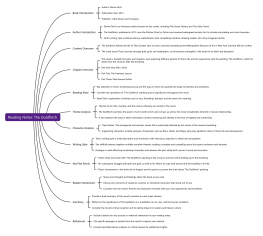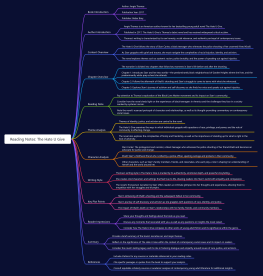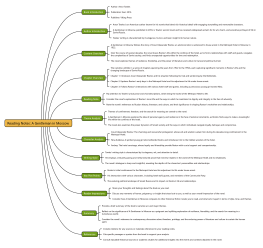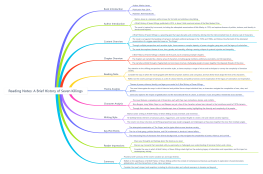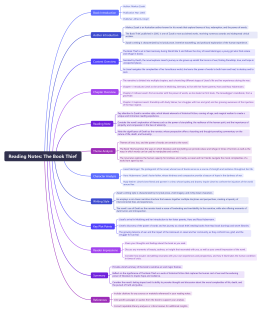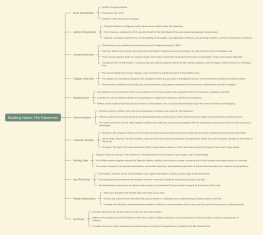
The Girl on the Train-Paula Hawkins: Book Summary
0 Report
Paula Hawkins' debut novel, 'The Girl on the Train,' published by Riverhead Books in 2015, is a gripping psychological thriller that unfolds through the perspectives of three women. The narrative centers on Rachel, an alcoholic who becomes embroiled in a missing person investigation, delving into themes of memory, perception, and obsession. The book is structured in multiple parts, each offering chapters from the viewpoints of Rachel, Megan, and Anna, creating a complex and layered story. Readers are encouraged to focus on the unreliable narration and shifting perspectives, which highlight themes of truth, perception, and memory. The novel's suspenseful atmosphere is maintained through the use of red herrings and unexpected twists. Key themes include addiction, loneliness, infidelity, and trauma, with a significant emphasis on female relationships and societal expectations. The exploration of perception versus reality adds depth to the characters' actions and motivations. The primary characters—Rachel Watson, Megan Hipwell, and Anna Watson—each bring unique dimensions to the story, contributing to its intricate plot and psychological depth. Hawkins' writing style is noted for its atmospheric and suspenseful qualities, with vivid descriptions and psychological insights that draw readers into the characters' inner worlds. The use of multiple perspectives enriches the storytelling and character development. Key plot points involve Rachel's obsession with a seemingly perfect couple she observes from the train, the discovery of Megan's disappearance, and a series of twists that challenge readers' assumptions about the characters. Readers are invited to share their impressions, discuss surprising moments, and consider the novel's pacing and structure. The book's effectiveness as a psychological thriller, its portrayal of complex female characters, and its impact on the thriller genre are also points for reflection. For further analysis, readers are encouraged to reference specific passages, consult reputable literary analyses, and consider the critical and commercial reception of the book.
Related Recommendations
Other works by the author
Outline/Content
See more
Book Introduction
Author: Paula Hawkins
Publication Year: 2015
Publisher: Riverhead Books
Author Introduction
Paula Hawkins is a British author known for her psychological thrillers.
Before becoming a novelist, Hawkins worked as a journalist.
The Girl on the Train was Hawkins' debut novel and became an international bestseller.
Content Overview
The Girl on the Train is a psychological thriller told from the perspectives of three women.
The story revolves around Rachel, an alcoholic who becomes entangled in a missing person investigation.
The novel explores themes of memory, perception, and the consequences of obsession.
Chapter Overview
The novel is divided into multiple parts, each containing chapters from different perspectives.
Part One: Rachel
Part Two: Megan
Part Three: Anna
Reading Note
Pay attention to the unreliable narration and shifting perspectives throughout the novel.
Consider the themes of truth, perception, and memory, and how they influence the characters' actions and motivations.
Note the use of suspense and red herrings to keep readers guessing about the outcome.
Theme Analysis
Themes of addiction, loneliness, infidelity, and trauma are central to the novel.
The exploration of female relationships and societal expectations adds depth to the narrative.
The theme of perception versus reality is prevalent, highlighting the complexities of human behavior.
Character Analysis
Rachel Watson: The protagonist, struggling with alcoholism and haunted by her past.
Megan Hipwell: A woman whose disappearance sets the events of the novel in motion.
Anna Watson: Rachel's ex-husband's new wife, who becomes entangled in Rachel's obsession.
Writing Style
Hawkins' writing style is atmospheric and suspenseful, drawing readers into the characters' inner worlds.
She skillfully creates tension and intrigue through vivid descriptions and psychological insights.
The use of multiple perspectives adds depth to the storytelling and allows for complex character development.
Key Plot Points
Rachel's obsession with a seemingly perfect couple she observes from the train.
The discovery of Megan's disappearance and the subsequent investigation.
Twists and revelations that challenge readers' assumptions about the characters and their motivations.
Reader Impressions
Share your thoughts and feelings about the book as you read.
Discuss any surprises, twists, or moments of suspense that stood out to you.
Consider the pacing and structure of the novel and how they contribute to its overall impact.
Summary
Provide a brief summary of the book's plot and major themes.
Reflect on the effectiveness of the novel as a psychological thriller and its portrayal of complex female characters.
Consider the critical and commercial reception of the book and its impact on the thriller genre.
References
Include citations for any sources or materials referenced in your reading notes.
Cite specific passages or quotes from the book to support your analysis.
Consult reputable literary analyses or critical reviews for additional insights.
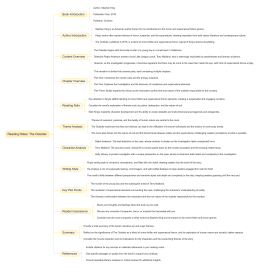
Collect

0 Comments
Next Page
